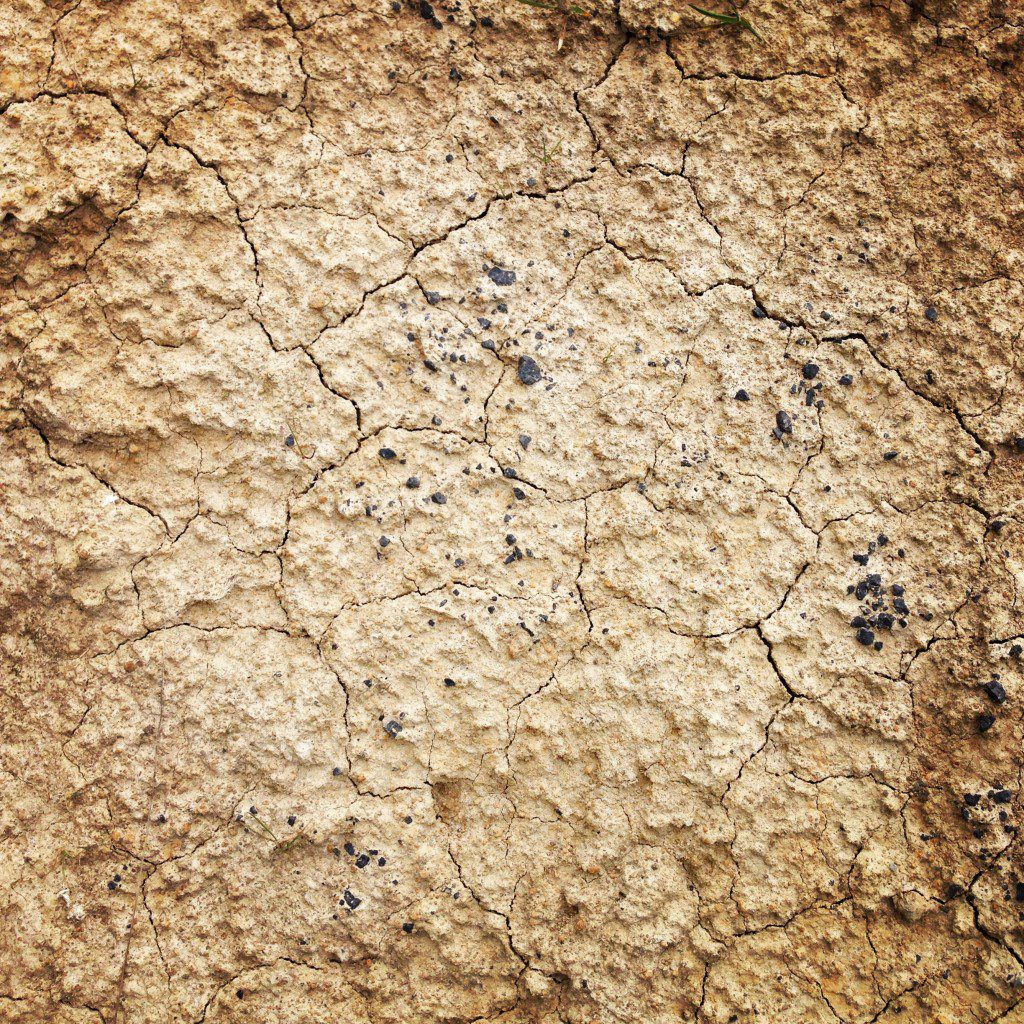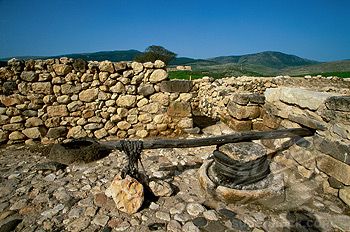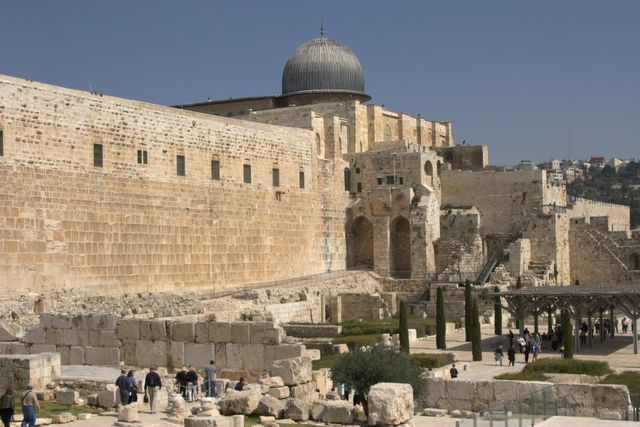Israel’s Top 3 Mysterious Archaeological Sites
December 18th 2014
Perhaps due to its location at the hinge of Europe, Asia and Africa, the land of Israel has been home to countless cultures over the millennia. However, while the activities of the Crusaders, Romans and Ottoman sultans here are well documented, there are plenty of discovered digs that have stymied the experts, unsure of who built them and why. After you visit these three archeological sites in Israel, you’ll have a new appreciation for some of the unsolved mysteries of the ancient Middle East.
But where’s the body?

The sphinx of Tel Hazor has yet to be located, but Hebrew University Professor Amnon Ben-Tor, who is directing the excavation in northern Israel, is excited to have found its feet. The sphinx is a mythical creature with a human head and the body of a lion. As a symbol of Egypt, the image often appears on their stamps, coins and official documents. Not so in Israel, where finding even the feet of a sphinx is quite rare.
“This is… the only sphinx of this kind known in the world – even in Egypt,” Ben-Tor has told the press. Tel Hazor is flush with archeologists, students and volunteers every summer, all seeking the glory of finding the rest of the sphinx, or evidence speaking to the circumstances of its existence.
V carvings in the City of David

While excavating near the Gihon Spring in Jerusalem’s City of David, archaeologists found three deep V-shaped carvings in limestone. And they have no idea what these carvings are. Despite decades of combined experience, the expert archeologists working on the project have failed to formulate a supportable hypothesis to put forward.
The archeologists’ best guess is that the carvings might have been related to an ancient pagan ritual – the kind that the prophets of Israel tried to get the people to stop conducting. Lacking a solid idea, the City of David posted a picture of the carvings on its Facebook page and asked followers what they thought the shapes might mean. Social media theorists came up with a range of options, including molds for molten metal and an ancient symbol for water.
Who’s buried at Maccabees’ Tomb

Archeologists believe that the site popularly known as the Tombs of the Maccabees is an ancient graveyard actually used by an ancient monastery. The Maccabees’ true graves lie elsewhere. But where? Starting in 1866, no less than four European explorers came in search of the graves, but all four left disappointed.
Archeologists today are still on the hunt for the tombs of Mattityahu (Mattathias) and his sons. Experts familiar with the project currently posit the tombs could be beneath a structure at Sheikh el-Gherbawy near the modern city of Modi’in, but budget limitations have delayed attempts to prove it.
Enjoying enigmatic digs
Israel is so filled with antiquities, that the experts can’t possibly explain every single one. While many visitors to Israel derive the greatest pleasure from known ancient holy sites, those who enjoy a bit of mystery will get a special kick out of these three spots too.













